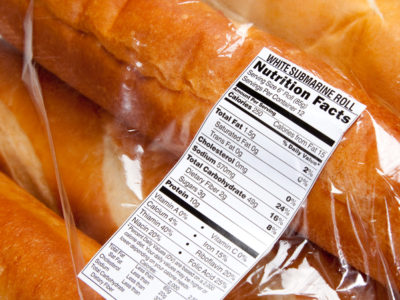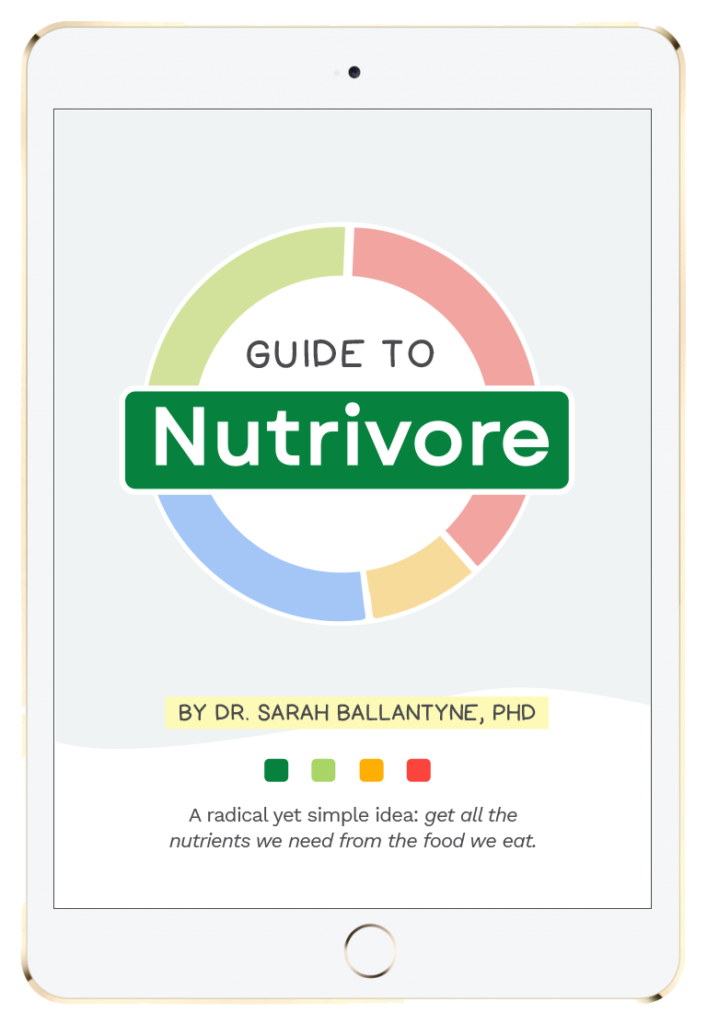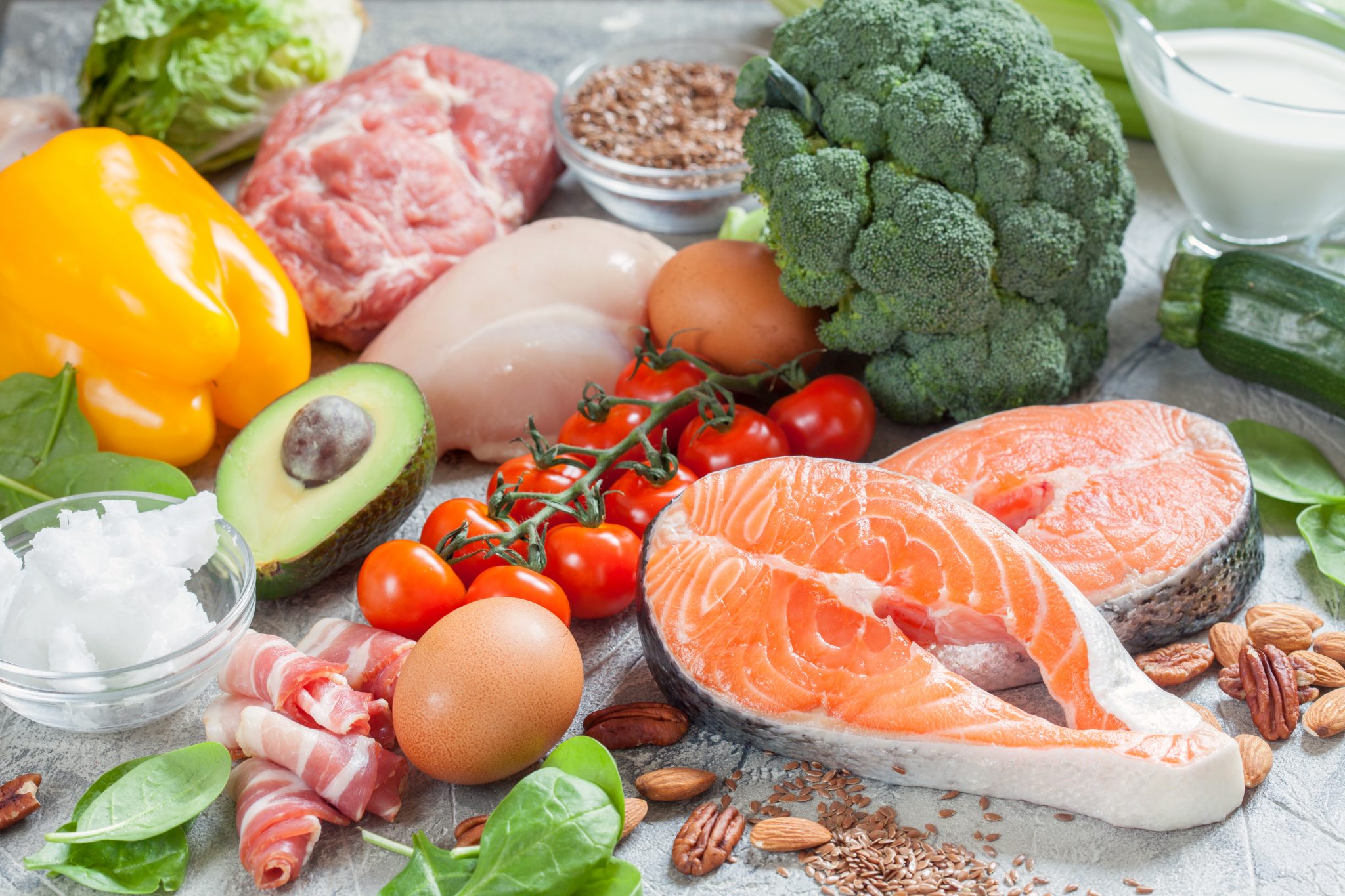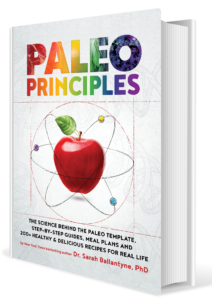Between their high lectin content and over-abundance of omega-6 fatty acids, we should have enough evidence for the wisdom of keeping grains out of our diet (see Why Grains Are Bad–Part 1,Lectins and the Gut, and Why Grains Are Bad–Part 2, Omega 3 vs. 6 Fats). But, there are still more reasons why it’s smart to avoid them: poor nutrient density and high acidity!
For a long time, grains (especially whole grains) have been promoted as nutritious foods, supplying important vitamins and minerals and enhancing the nutritional quality of our diets. This might be true if we compare grains to extremely refined products (like pure white sugar and industrially processed oils), but compared to the foods that make up a Paleolithic diet (vegetables, fruits, nuts, meat, eggs, and seafood), grains are nutritional weaklings! For example, half a cup of oats (dry) contains zero or miniscule amounts of calcium, vitamin A, vitamin C, vitamin D, vitamin E, vitamin K, pantothenic acid, niacin, vitamin B6, folate, vitamin B12, potassium, and riboflavin. In fact, there’s only one vitamin it has in significant quantity (thiamin, 14% of the daily value). Meanwhile, a half filet of cooked wild salmon is rich in not only thiamin, but also riboflavin, niacin, vitamin B5, folate, vitamin B12, pantothenic acid, selenium, phosphorus, potassium, magnesium, copper, and even has some iron and zinc… need we go on?
And that’s just one example! If we pick virtually any grain (even in whole form) and look at it side-by-side with any vegetable, fruit, nut, seed, or whole-food animal product (comparing both in terms of vitamin and mineral content), the grain will lose almost every time!
Grains in general are not nutritional powerhouses (contrary to what clever marketing may tell you). Even the healthiest whole grains can’t compete with vegetables in terms of vitamin and mineral content. The graph below shows the relative quantities of essential vitamins and minerals (so setting vegetables to 100% and expressing the amount in nutrition in grains as a percentage of what is found in vegetables), calculated from the average of eight entirely wholegrain, unprocessed foods compared to an average of 30 commonly-found vegetables. When compared to vegetables, calorie for calorie, vegetables contain double or more of every single vitamin (although both vegetables and grains are not high in vitamin D, with the exception of mushrooms). When compared to vegetables, calorie for calorie, vegetables are higher in most essential minerals (they are about equal to vegetables in sodium and manganese and grains do contain substantially more selenium, although selenium is even more richly found in nuts, seafood, meat, poultry and eggs). Oh, and vegetables and fruit are outstanding sources of fiber, about equal to grains. So, if a vegetable side dish or even a piece of fruit replaces a dinner roll or pasta side with your meal, you get equal amount of fiber and far more vitamins and minerals.

All this means that removing grains from the menu and replacing them with nutrient-dense Paleo foods will automatically improve the nutritional quality of our diets. In turn, a higher intake of micronutrients can support numerous functions in our body and help safeguard us against disease!
On top of all this, grains are highly acidic foods (at the level of the kidneys, not the stomach), which means they have hydrogen ions to donate. Another aspect of Paleolithic nutrition is to balance our intake of acidic and alkaline foods (read more about this in my post on the Acid-Base Balance). Generally, meat, eggs, and fish are acidic, and we balance this with lots of vegetables and some fruit, which are alkaline. When grains are in our diet, it’s nearly impossible to eat enough alkaline foods to maintain a healthy balance, and the result is strain on the kidneys, liver, and pancreas.
So, is there any reason to eat grains when we have access to nutritious Paleo foods that are lower in lectins, lower in omega-3 fats, higher in micronutrients, and lower in acid-forming components? All signs point to “no”!





 Graham Crackers
Graham Crackers